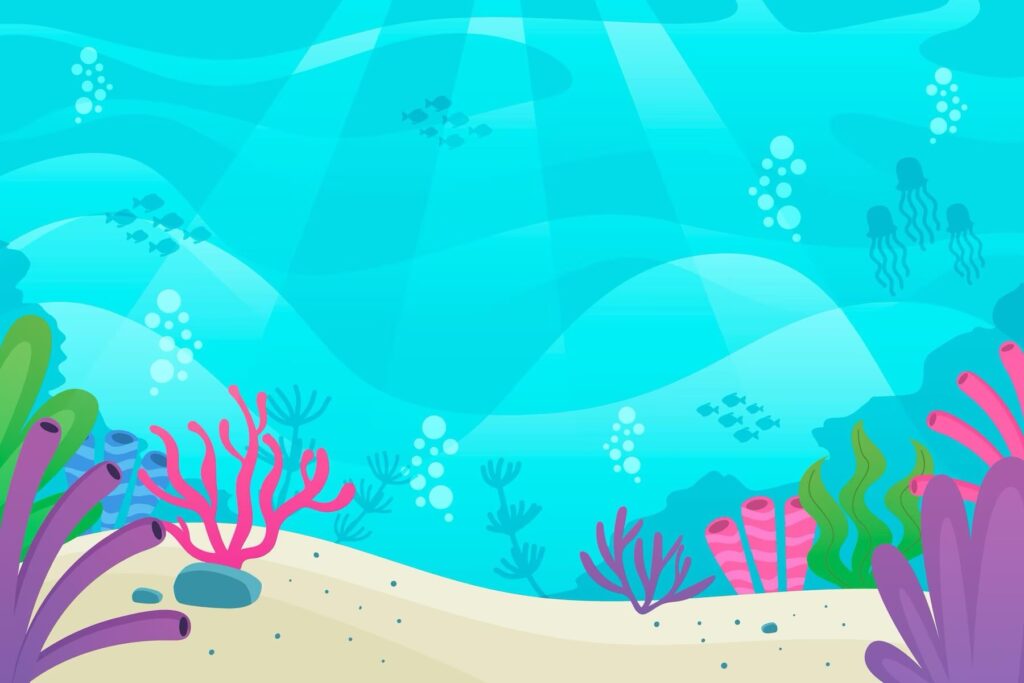
The nitrogen cycle in aquariums is crucial for maintaining a healthy environment for fish and other aquatic life. Here’s a detailed overview of how it works:
1. Ammonia Production
- Sources: Fish waste, uneaten food, and decaying plant matter produce ammonia (NH₃), which is highly toxic to aquatic life.
2. Nitrogen Fixation
- Initial Step: In an aquarium setting, nitrogen fixation is less significant compared to natural ecosystems. Instead, the focus is on how ammonia is processed by beneficial bacteria.
3. Nitrification
- This is a two-step process carried out by beneficial bacteria that colonize the filter media and substrate.
- Step 1: Ammonia to Nitrite
- Bacteria: Nitrosomonas converts ammonia (NH₃) into nitrite (NO₂⁻).
- Significance: Nitrite is also toxic to fish but less so than ammonia.
- Step 2: Nitrite to Nitrate
- Bacteria: Nitrobacter converts nitrite (NO₂⁻) into nitrate (NO₃⁻).
- Significance: Nitrate is less harmful and can be used by plants as a nutrient.
- Step 1: Ammonia to Nitrite
4. Nitrate Management
- Reduction Methods:
- Water Changes: Regular water changes help lower nitrate levels.
- Live Plants: Aquatic plants can absorb nitrates as a nutrient.
- Denitrifying Bacteria: In anaerobic environments (like deep substrate or special filters), some bacteria can convert nitrate back to nitrogen gas (N₂), releasing it into the atmosphere.
5. Cycle Establishment
- Cycling Process: When setting up a new aquarium, it undergoes a “cycling” period to establish beneficial bacteria.
- Fishless Cycling: Adding ammonia manually to feed bacteria.
- Fish-in Cycling: Adding a small number of fish to introduce waste, though this can stress fish.
Key Points to Remember
- Testing: Regularly test water parameters (ammonia, nitrite, nitrate) to monitor the cycle.
- Beneficial Bacteria: These bacteria take time to establish. Patience is crucial during the cycling process.
- Toxic Levels: Aim for ammonia and nitrite levels at 0 ppm, and keep nitrates below 20-40 ppm for a healthy aquarium.
By understanding and managing the nitrogen cycle, you can create a stable and healthy environment for your aquatic life.
